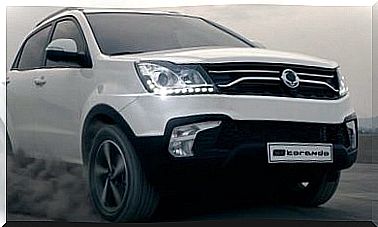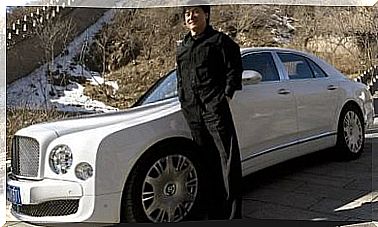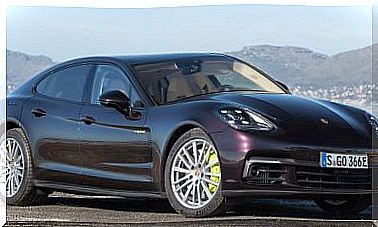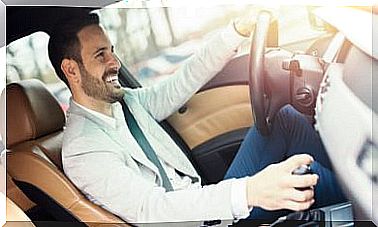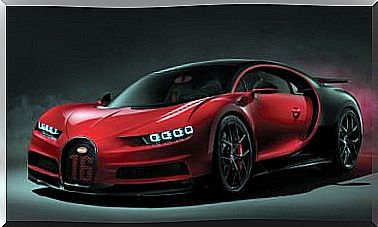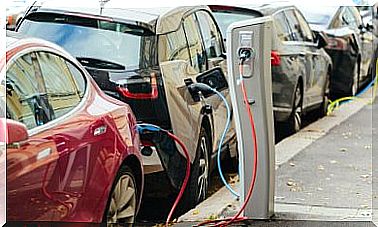Volvo V90, For Traveling Families
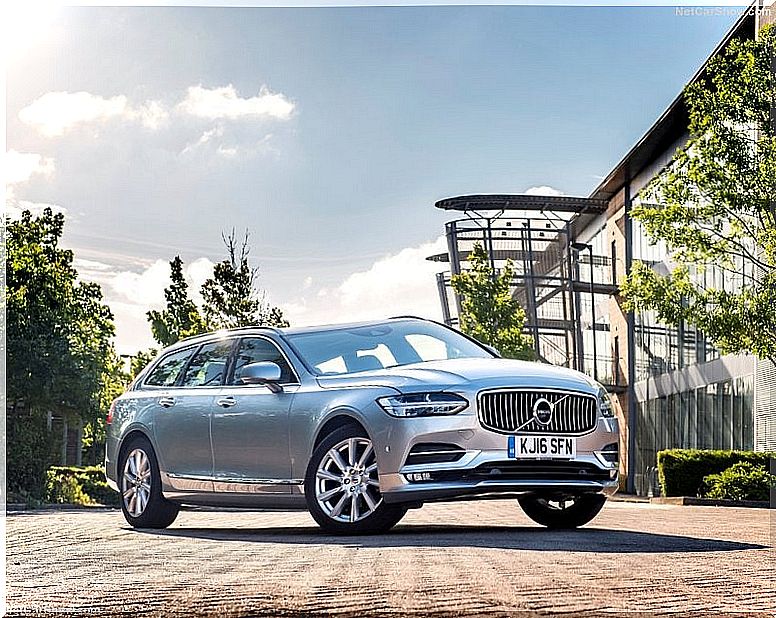
The Volvo V90 is the variant with a family body of the S90, a model that hit the market in 2016 with all the necessary ingredients to take sales away from its German competitors, although the sales figures are not with it.
The main problems of this model are called BMW 5 Series Touring, Mercedes E-Class Estate, Audi A6 Avant or Jaguar XJ, to give a few examples. Any of these vehicles has a long history of success, and in automotive matters it is very difficult to get the buyer out of his habit.
Still, the Volvo V90 has plenty of arguments to compete head-to-head with the most successful in its segment. Let’s see it in parts:
Volvo V90 design
Largo, that’s the first impression of this huge 4.93-meter-long station wagon. It’s actually similar to its rivals in this regard, but the clean, flowing lines on the side enhance this feel.
The front of the car is very similar to that of its range brothers, with a large-format grille in an upright position and simple but elegant headlights that follow that minimalist line of the brand. The long hood enhances the imposing air that every grand saloon should have.
The side view is the least worked out of the car, with fairly straight and unoriginal lines, something very typical for the Swedish brand, but it doesn’t look bad on this model.
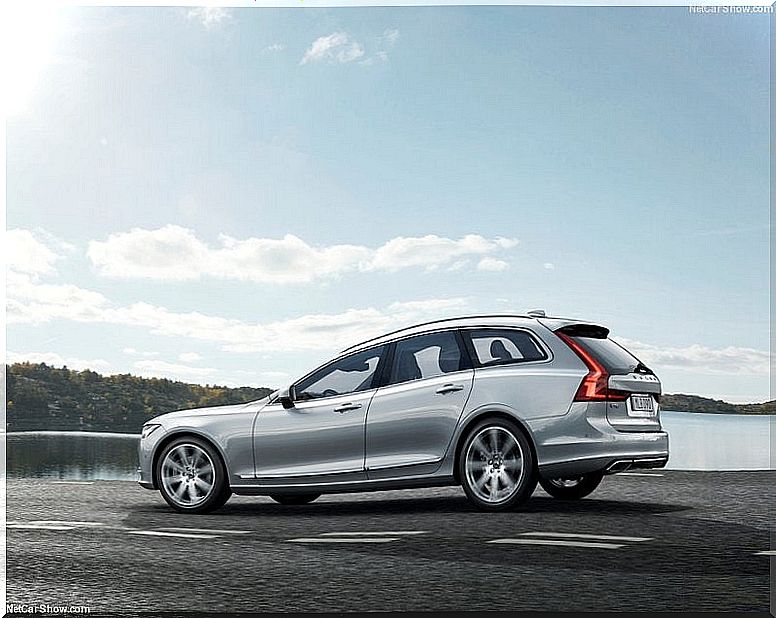
The rear is the most striking of the set, with pilots that go from the middle part of the trunk to the top of the rear window, with that lightning bolt shape so recognizable in the Volvo of the last decade.
Interior design and habitability
The attractive dashboard of the Volvo V90 is one of its greatest attractions, with a large upright display that takes over the vast majority of the vehicle’s functions and, while fast and intuitive, is excessively distracting to the driver.
The quality of materials little or nothing has to envy its rivals; everything in this car radiates warmth and comfort, so taking long journeys with it is a pleasure for the senses. Soundproofing is another of its strengths, with a ride quality that is higher than the average for the segment.
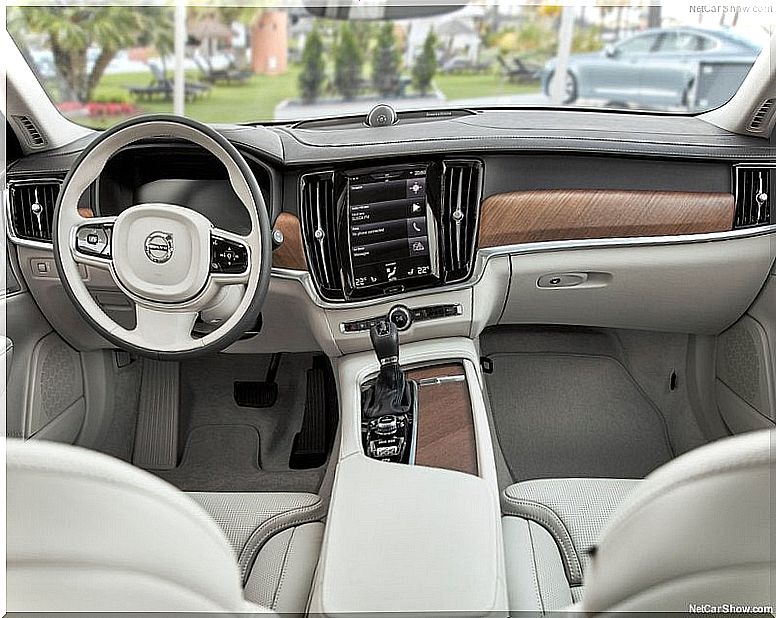
The instrumentation panel is digital and can be configured to suit the driver, a very fashionable option. The amplitude in the front seats is very good, which improves with very wide very electrical settings.
In the rear seats we will not lack space, neither in the knees nor in the free height to the ceiling, but models such as the E-Class or the Jaguar XJ are better resolved than the V90, with slightly higher heights. Even so, we do not regard these differences as decisive.
Trunk volume is also slightly below the segment average at 560 liters, compared to 570 and 640 liters in the BMW 5 Series and Mercedes E-Class, respectively.
Dynamics and engines
The chassis and suspension adjustment of this Volvo V90 are designed to deliver maximum comfort. It is the perfect car for driving on highways, even at fairly high speeds without disturbing the inner calm. It conveys a lot of confidence and poise, all with an exquisite touch.
On roads with slow curves is where it suffers more than desired, with body movements much more pronounced than those of a BMW 5 Series, but with noble and predictable reactions. Although he does not encourage sporty driving, the Swede defends himself without compromising the driver’s expertise.
It is not the ideal car for those who like to enjoy a section of curves, since everything that reaches the driver is greatly reduced, which causes a very comfortable feeling of isolation on the highway, but not advisable in twisty areas.
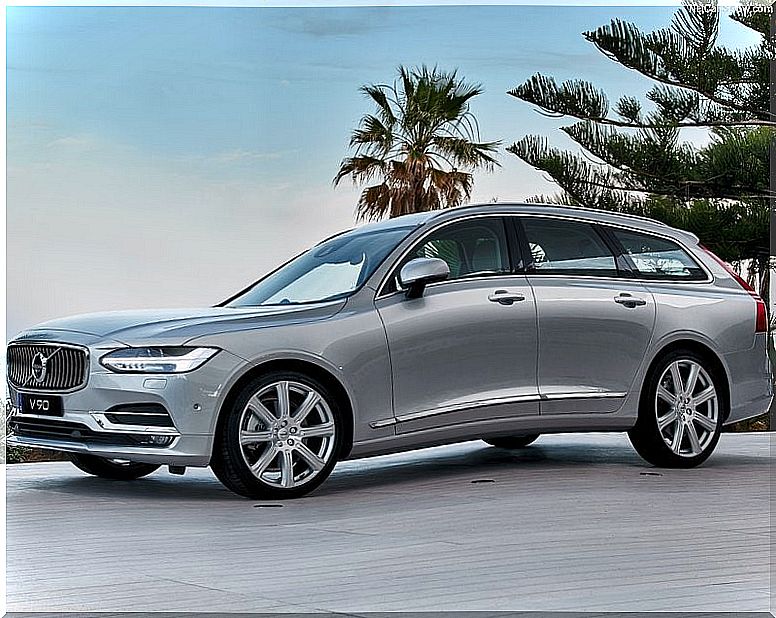
The range of engines is another of the strengths of this huge family, since diesel and gasoline engines must be added a magnificent plug-in hybrid.
- Diesel: part of a correct 2.0-liter with 150 hp called D3 that provides correct performance and a consumption of only 4.5 l / 100 km. Above is the D4, with the same block but with 190 hp, the most demanded and balanced option, to which must be added the powerful D5 with 235 hp.
- Petrol: the entry-level engine is a powerful 2.0-liter with 254 hp (T5), an engine that further accentuates the silence on board the model and offers superb performance with a consumption of 6.8 l / 100 km. Above, and also with two liters of displacement, is the T6, with no less than 320 hp of force.
- Plug-in hybrid: as a novelty, the Swedish firm gives us the option of equipping the V90 with this hybrid version that adds the forces of the 320 hp gasoline engine with an electric one to raise the power figure to 408 hp, with a ridiculous consumption of 2.0 l / 100 km. With it, it is capable of accelerating from 0 to 100 km / h in 4.8 seconds.
Prices and conclusion
As in all high-end sedans, the price between the base model and the top of the range is very uneven. In this case, it starts from € 48,266 that the D3 with the Momentum finish is worth, up to the € 82,080 that the T8 costs with the Inscription finish.
For example, the Volvo V90 with the 190 hp diesel engine is more expensive than the equivalent BMW and Audi, and slightly cheaper than the Mercedes. It is a high price, but the technological level and the amount of extras that it brings from its lower versions cushion the difference.
The V90 is a safe, comfortable, beautiful car, with first-rate equipment and a powerful image, but sales rule, and it seems that all that is not enough to take sales away from its German rivals.
